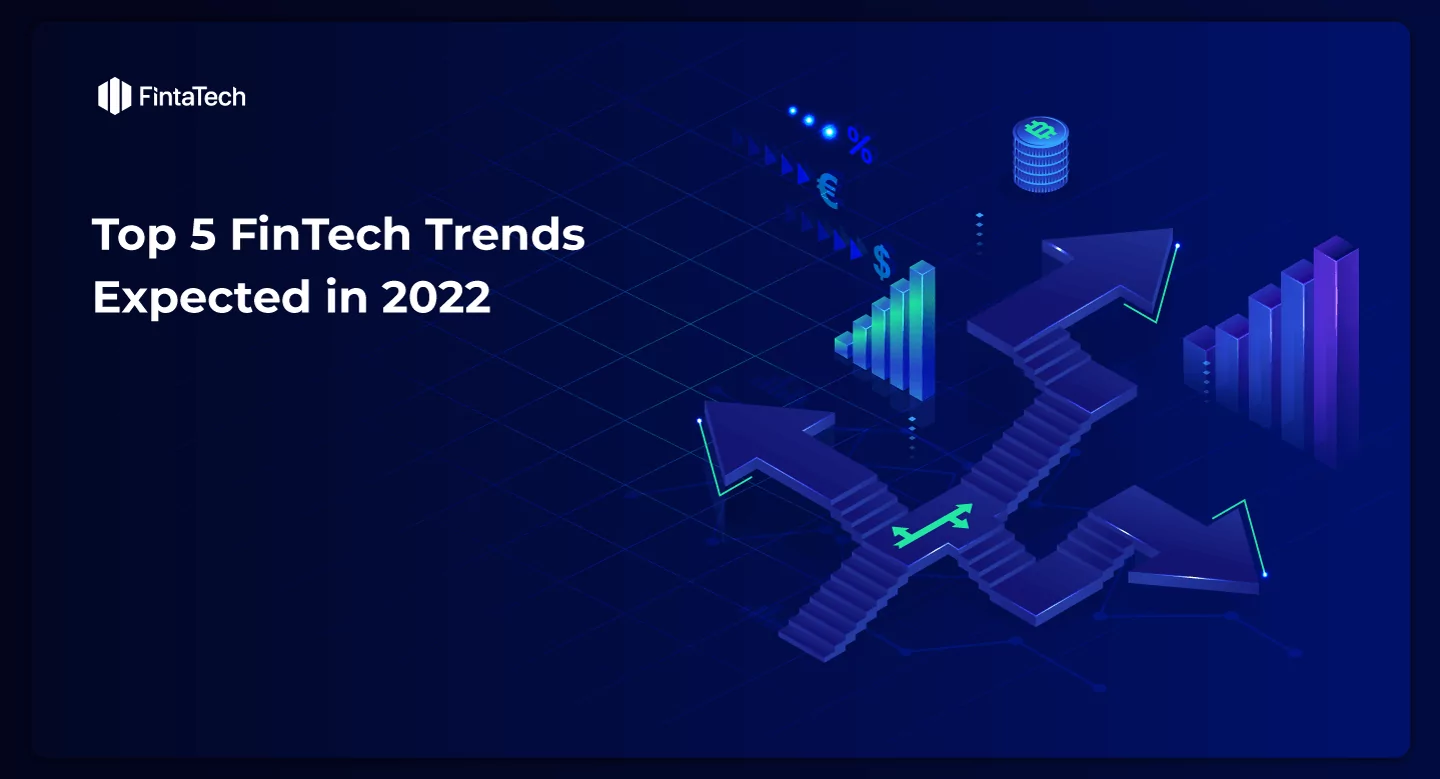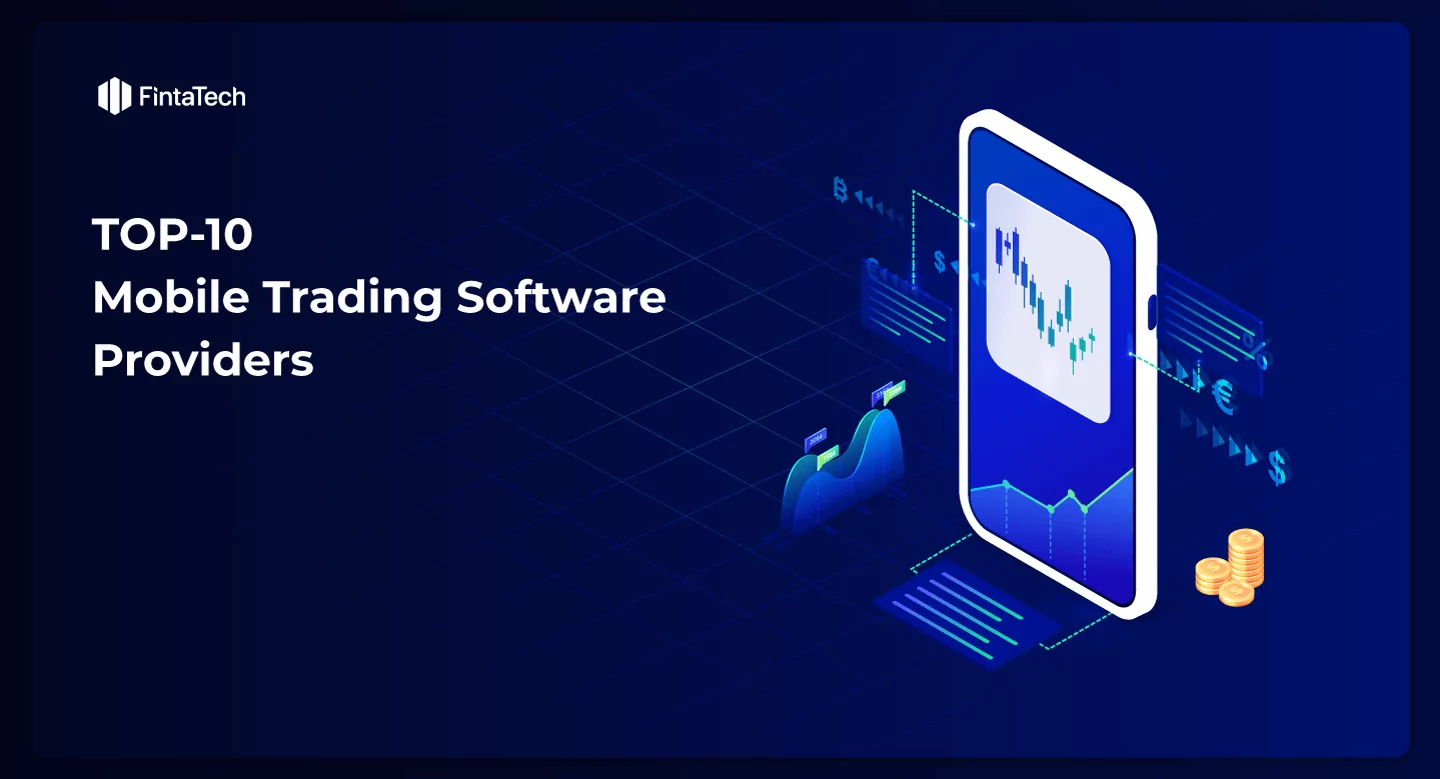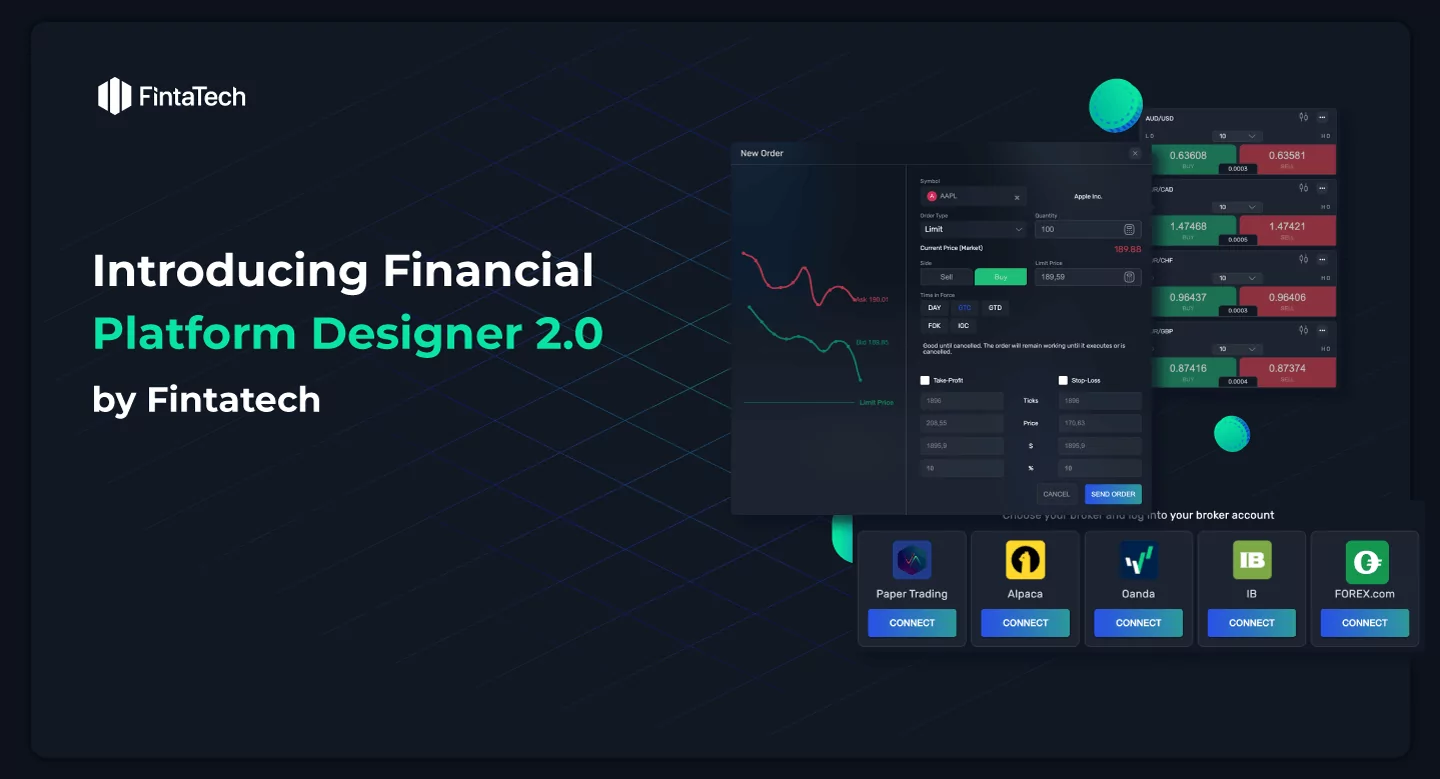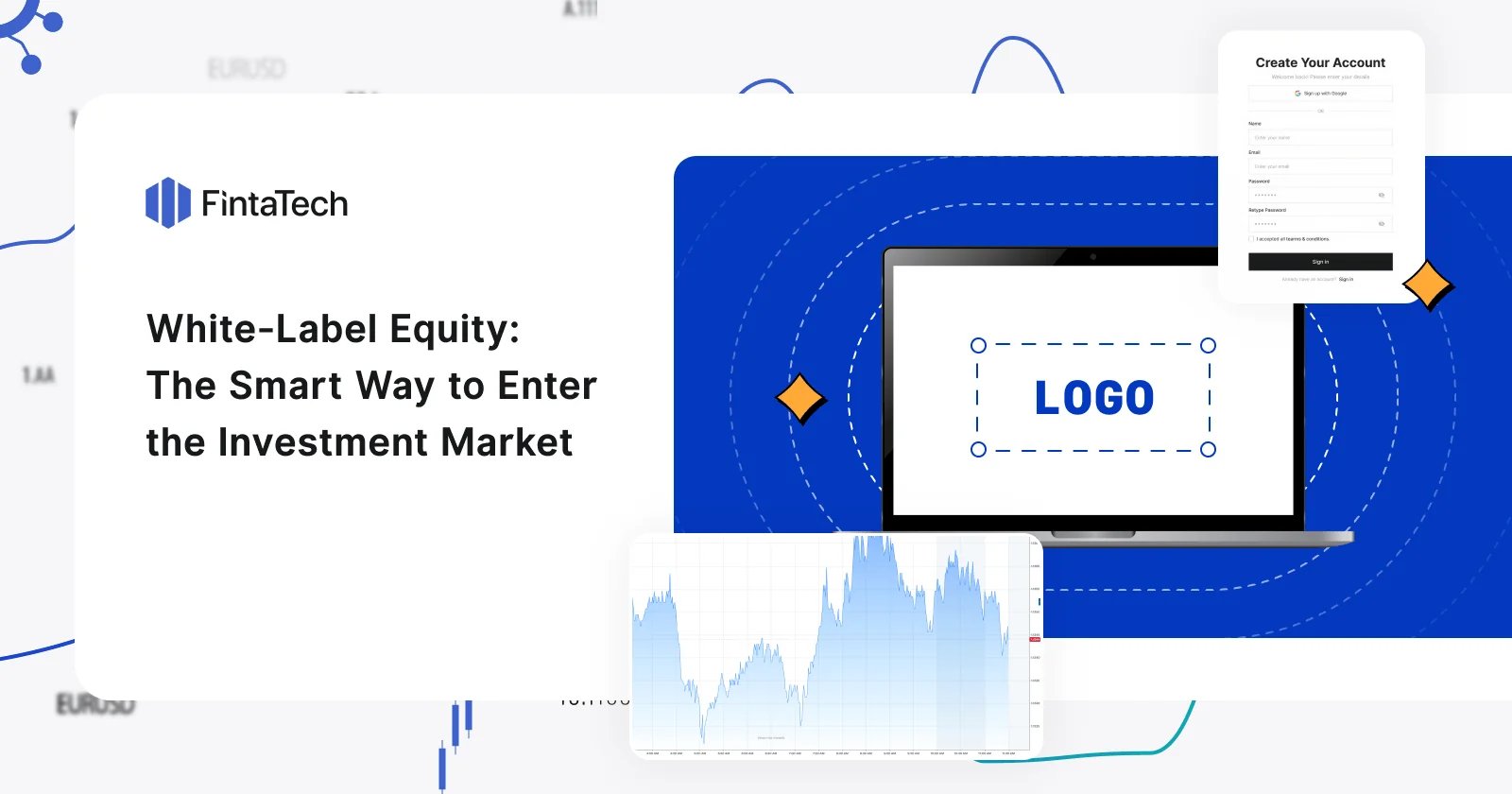Watching the development of the fintech industry is incredibly fascinating. Over the last few years, fintech brought so many changes in the way we do business and run our daily activities that believing it will stop developing in 2022 would be wrong.
Like any other industry, the fintech industry has seen certain obstacles in the course of its development; however, fintech is one of the very few sectors that was not affected by the global pandemic. On the contrary, the outbreak of Covid-19 pushed the industry to progress.
The year 2022 will be another promising year for fintech. Based on the sector analysis and the challenges that the sector has faced over the previous years we are presenting the most anticipated fintech trends in 2022.
- Embeddable Infrastructure
This category trend relates to the multitudes of industries that are embedding pre-built fintech solutions directly into their software and delivering them through modern APIs.
As it relates to the trading platform software development cycle, clients should recognize many facets of how their platform needs to potentially conform to the traditional broker-dealer business model as a service model if not independently but even better integrated with an already established player who is well funded, established, licensed and regulated.
For example, unless the trading software client intends to form his/her own broker-dealer, the path of least resistance and lower costs are better spent as a broker-neutral type trading platform which connects via APIs to a third-party Broker Dealer thereby saving the headaches of expensive capital requirements, clearing costs fiduciary roles and back end record keeping requirements resulting in saving tens of thousands if not hundreds of thousands of dollars in startup and maintenance costs.
Through this process, the trading software client now has the ability to offer traditional brokerage operations, banking services, lending or other payment services simply utilizing the software as a tool and the 3rd party provider’s services simply are embedded solutions within the technology stack.
2. Open banking
Since the introduction of PSD 2 (Revised Payment Services Directive) – the EU directive that is aimed at making online and electronic payments more secure, a new ground appeared to make banking more innovative. Open banking is a model, where financial institutions and banks enable regulated service providers to access, use and share their customers’ data. This can only happen with customers’ consent, so the method is fully safe and goes in line with data protection principles. Using open APIs, banks and service providers are able to improve interaction and offer more personalised services to their customers. For banks, open APIs mean that they can create service marketplaces; for customers, it means they can access services tailored to their needs.
Open banking is expected to grow by 50% in the next couple of years. It will become an efficient tool to increase the variety and quality of banking services.
3. Decentralised finance
The first association that we get with decentralised finance is the crypto market. However, decentralised finance manifested itself through multiple solutions like payment applications, exchanges, lending and others. The idea of decentralised finance is about the independent execution of smart contracts for users. Users love this idea and the fact that they no longer need intermediaries to use financial instruments. Another advantage is that decentralised finance are open source platform, which builds trust among customers.
As cryptocurrency becomes an increasingly common way of payment for many companies, decentralised finance makes crypto space available to a larger group of customers through simplifying interoperability between various blockchains.
Experts believe that decentralised finance is the future of finance.
4. Big Data
Using customer data to provide tailored services is the essence of Big Data. Companies make every effort to offer more personalized services to their customers. Using as much information as possible about their clients helps companies to get a better understanding of their client’s needs and build a communication strategy that works well. Moreover, it allows financial companies to optimise prices, foresee the future needs of their customers and come ready with a solution that customers appreciate and, thus, stay loyal.
The challenge of handling large volumes of customer data though is that it must be secure. The Fintech sector is investing a lot of money into technologies that will make the processing and storing of data safe. Information-based forecasts, analysis and data visualisation tools, data warehouses – all these technologies are aimed at satisfying customers’ needs in a quick, efficient and secure manner.
The current trend is also expected to develop further in 2022.
5. AI-based technologies
AI-based technologies have already become ingrained in our everyday lives through chatbots. For the fintech industry, AI-based algorithms allow for determining customers’ matches with certain segments and carrying out relevant actions. Through a set of pre-programmed criteria, AI-based technologies improve routine operations and customers’ experience. Process automation helps to bring the risk of human error to a minimum. Instant solutions emerging from AI fast data processing reduce costs and potential risks.
AI-based technologies have gained complexity and are now used for determining the best investment directions and automating everyday analytical and administrative tasks for bankers and creditors.
AI in fintech is believed to be one of the top trends for development in the next years.
6. Cybersecurity
The financial industry deals with sensitive information. Customers need to be sure that their data stays protected at all times. Cyberattacks can lead to serious financial as well as reputational losses, so there is no room for compromise there. The challenge for fintech in this respect is that it works with a large number of third parties, and deals with online data transmissions and online banking, which attracts cybercriminals. This is why cybersecurity is one of the core areas of development for the fintech sector. The key focus lies on transaction security (incl. user authentication process and transaction risk control), data security management (incl. personal data protection) and cybersecurity (incl. security service and technical tools).
By the way, blockchain is one of the fintech technologies that appeared as a response to increased cyber risks.
Cybersecurity is not only about boosting security systems. It is also about raising security awareness and data protection culture. Today banks eagerly invest 70% of their money into applying security strategies to minimise the risks of cyberattacks. Cybersecurity will for sure remain a priority fintech trend in 2022.
7. WealthTech
WealthTech emerged from the idea of combining wealth management with technologies for improved financial management services. WealthTech is another fintech technology that has seen impressive investments in the past two years. WealthTech gained popularity because it enables entrepreneurs to do business online, and successfully manage personal and corporate finances.
Robo-advisers are one of the most popular services within WealthTech. Using algorithms and ML, these automated platforms help users to get recommendations based on users’ personal objectives and market data. It is quite possible, that Robo-advisers will replace face-to-face interaction with financial advisors in the future. For now, they help entrepreneurs to make important decisions.
Another interesting technology that WealthTech offers is digital brokerage platforms. They allow access to data on micro-investment platforms and the stock market to make smaller investments and take no commission. The grand purpose of WealthTech is to make finance management more convenient and accessible to users.
Fintech is clearly developing. The fintech technologies go along with economic evolution and will continue to develop in 2022. Stay tuned with us to get the most relevant news on the latest trends and technologies. Follow us on social media LinkedIn, Facebook





Twitter
Linkedin
Facebook